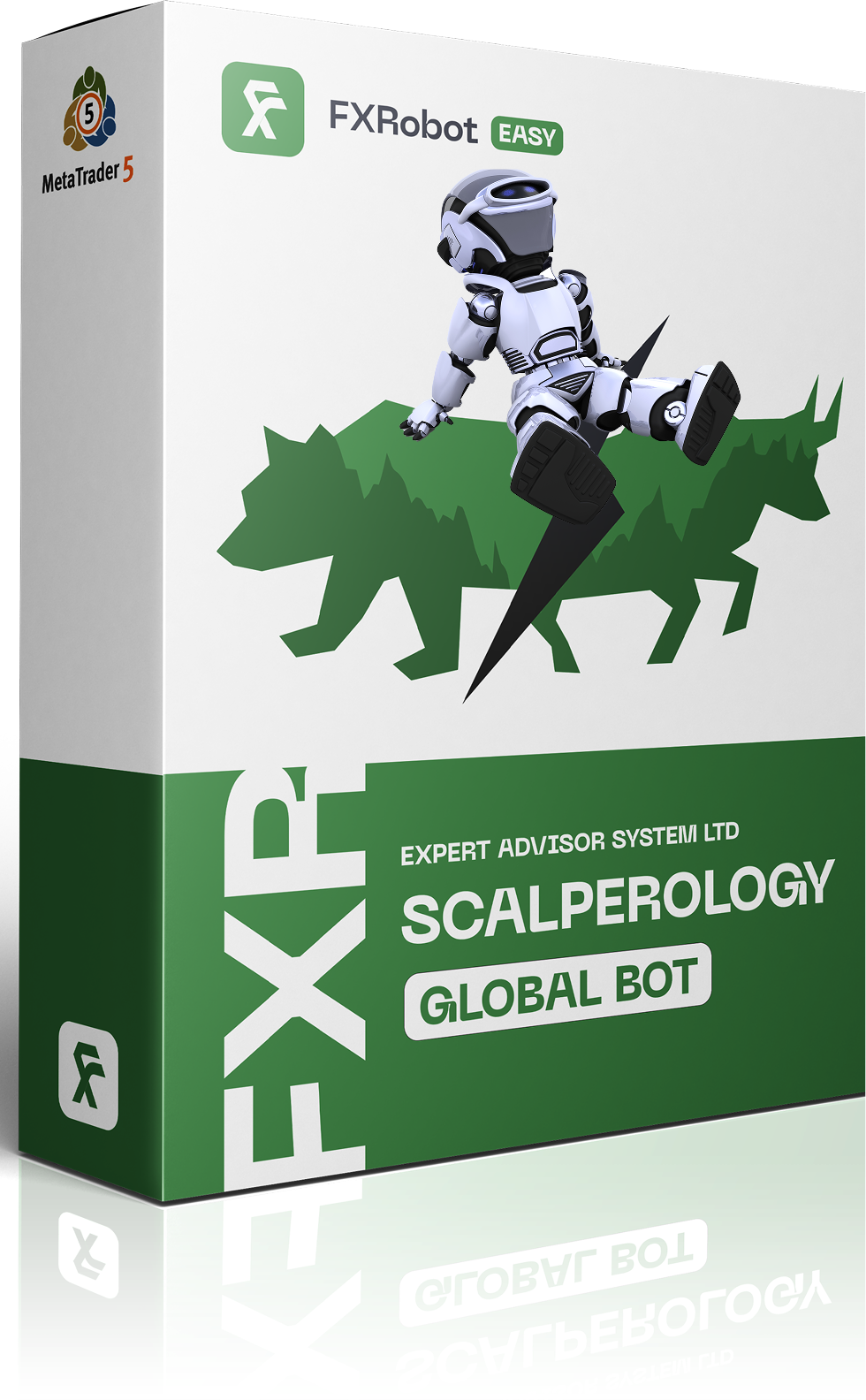At this time, purchasing EASY Bot items is not available to all members. Read more - how to get access to purchase
Quantitative Strategy





Overview of Quantitative Strategy in Forex Trading 🤖
In the fast-paced world of Forex trading, the adoption of quantitative strategies has transformed the approach traders utilize to maximize their potential profits. By leveraging advanced mathematical models and statistical techniques, traders can analyze vast amounts of data, ensuring well-informed decisions. These strategies often incorporate algorithmic trading, allowing for high-frequency trading that capitalizes on minute market fluctuations.
One of the core advantages of employing quantitative methods is the ability to systematically identify trading opportunities across various currency pairs without the emotional biases that often plague manual trading. Traders can execute trades automatically based on preset criteria, significantly reducing the time and effort spent on market analysis.
- Data-driven insights provide clarity on market trends.
- Algorithms continuously adapt to changing market conditions.
- Risk management techniques protect against significant losses.
This innovative approach not only optimizes performance but also enhances overall trading efficiency, making it an indispensable tool for both novice and experienced traders seeking to navigate the complexities of the Forex market.
Key Features of Our Trading Robots 📈
Our trading robots are at the forefront of Forex automation, designed to enhance trading efficiency and profitability. Each robot utilizes advanced algorithms that capitalize on market opportunities with precision. One of the standout features is the capability for real-time data analysis, which allows traders to receive instant updates on fluctuating market conditions and potential trading signals.
Additionally, our robots employ adaptive risk management techniques to protect your investments. This includes setting adjustable stop-loss levels and optimizing lot sizes based on market volatility, ensuring that your trading strategy can withstand unexpected market movements.
- Integrated technical indicators, such as Moving Averages and Bollinger Bands, enhance decision-making.
- High-frequency trading capabilities enable immediate execution of trades, capturing even the smallest price changes.
- User-friendly interfaces make setup and customization accessible, even for those new to automated trading.
Furthermore, our trading robots are regularly updated to integrate the latest market trends and techniques, ensuring they remain competitive. With a focus on delivering reliable performance, these tools represent a robust solution for traders aiming to achieve consistent results in the dynamic Forex landscape.
The Power of Algorithmic Trading Techniques ⚙️
Algorithmic trading represents a revolutionary shift in the Forex market, harnessing advanced computational power to execute trades at unprecedented speeds. By employing sophisticated algorithms, traders can capitalize on market inefficiencies and exploit short-term price movements that may go unnoticed by traditional traders. This method of trading relies on pre-defined criteria, enabling systematic and disciplined execution.
One key advantage is the ability to analyze vast datasets quickly, allowing traders to identify trends and signals with accuracy. High-frequency trading techniques enable the completion of multiple trades in mere milliseconds, significantly increasing potential profit opportunities. Moreover, algorithmic trading minimizes human error, thereby reducing emotional reactions that often lead to suboptimal trading decisions.
- A diverse range of strategies can be implemented, from arbitrage to trend following.
- Algorithms continuously learn from market behavior, adapting their strategies accordingly.
- Backtesting capabilities allow traders to simulate performance based on historical data, refining their approaches before deployment.
Ultimately, the implementation of algorithmic trading techniques not only enhances efficiency but also empowers traders to engage in a data-driven approach that can lead to sustained success in the volatile Forex environment.
Risk Management and Performance Metrics 📊
Effective risk management is crucial for successful trading in the Forex market, especially when utilizing automated trading systems. By implementing robust strategies, traders can safeguard their investments and mitigate potential losses. Our trading robots are designed with comprehensive risk management features that allow for the adjustment of stop-loss parameters and setting of maximum drawdown limits tailored to individual risk tolerance.
Additionally, performance metrics play a vital role in evaluating the success of any trading strategy. Key indicators, such as profit factor, reward-to-risk ratio, and maximum drawdown, provide essential insight into the effectiveness of a trading robot. For instance, a profit factor greater than 1.5 indicates a strategy is generating more profits than losses, while a low maximum drawdown signifies a resilient approach in turbulent market conditions.
- Regular performance assessments help refine strategies and improve overall trading results.
- Transparent reporting allows traders to track and analyze the historical performance of their robots.
- Integrating risk-to-reward measures fosters disciplined trading practices that enhance long-term profitability.
Ultimately, combining sound risk management principles with thorough performance analysis empowers traders to make informed decisions, ensuring that their trading journey is both strategic and profitable. This balanced approach not only protects capital but also paves the way for consistent growth in the Forex market.
Conclusion: Why Choose Quantitative Strategies for Trading 🚀
Choosing to implement quantitative strategies in Forex trading offers significant advantages that can reshape the way traders approach the market. These strategies rely on comprehensive data analysis and advanced algorithms, enabling traders to identify and act on profitable opportunities with precision and speed. By minimizing emotional biases that typically accompany trading decisions, quantitative strategies provide a systematic approach that aligns with strict risk management protocols.
Another compelling reason to adopt quantitative strategies is the ability to automate trading processes. By utilizing trading robots, traders can execute complex strategies without the need for constant monitoring. This automation not only saves time but also allows for high-frequency trading, which can capture short-lived market movements that would otherwise be missed.
- Robust backtesting capabilities ensure that strategies have been thoroughly evaluated under various market conditions.
- The adaptability of algorithms means they can evolve in response to changing market dynamics.
- Overall efficiency is enhanced, leading to potentially higher returns on investment.
In summary, quantitative strategies equip traders with the tools necessary to navigate the complexities of the Forex market effectively. By harnessing the power of automation, data analysis, and disciplined risk management, traders position themselves for sustained success and profitability in an ever-evolving financial landscape.